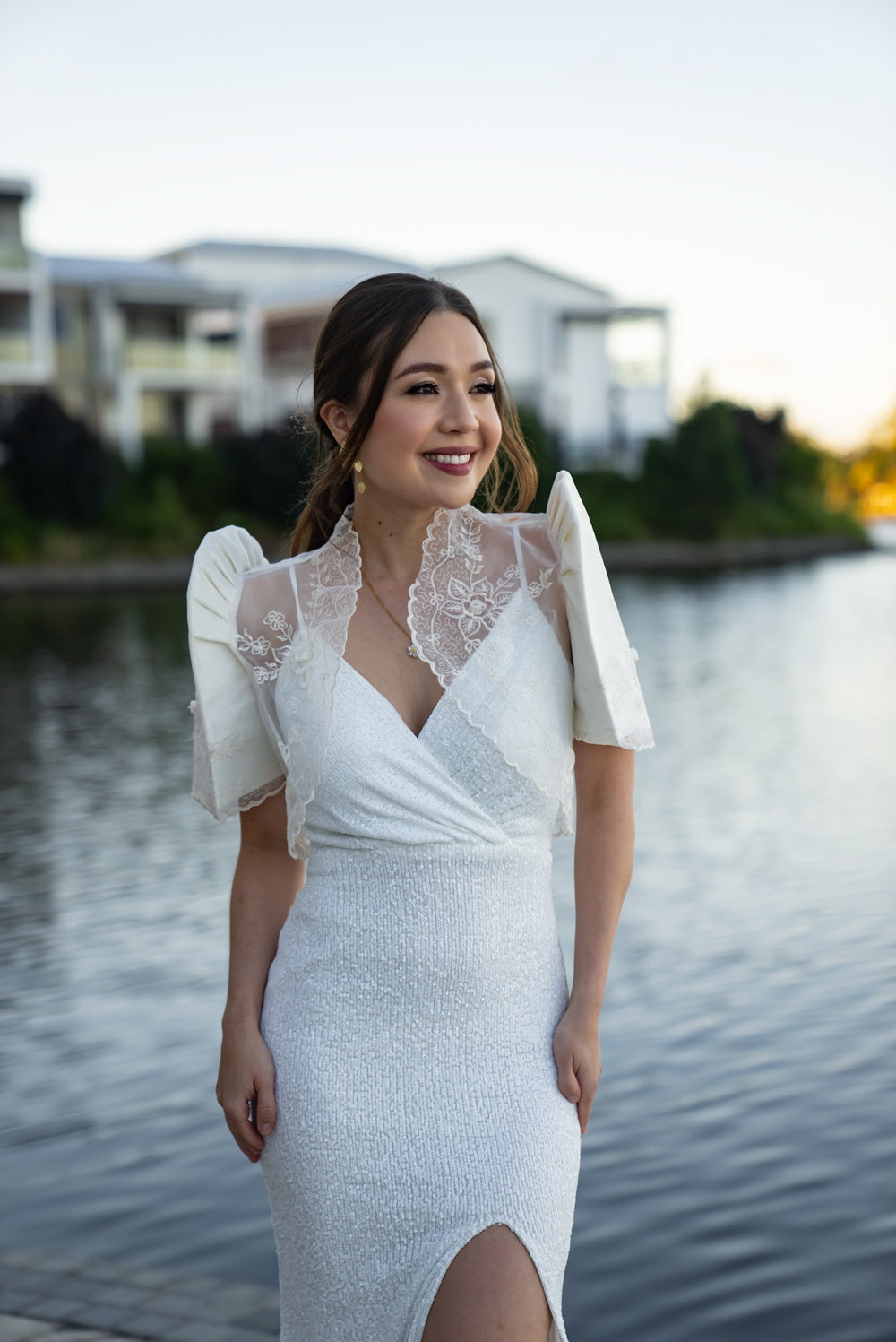Chances are you've encountered the Barong Tagalog, the most recognisable garment of the Philippines, whether you've been to a Filipino wedding or worn one yourself.
The Baro ng Tagalog, which translates to "a dress of" in English, is the more appropriate name for the Barong Tagalog (dress of the Tagalog).
A few characteristics attributed to Filipino Barong Tagalog include its Chinese ancestors' loose, long lines, the airy tropical look of Indo-Malay attire, the enlarged impact of Hindu garb, and the ornamental restraint of European men's apparel.
Although its design might cause us to contemplate other ethnic idioms, it is not disputing that it is distinctively Filipino.
What Is the Barong Tagalog's History?
People in Ma-I (the Philippines before the arrival of the Spaniards), especially the Tagalogs who lived on the island of Luzon, were already wearing baro long before the arrival of the Spanish.
The men of the Tagalog people, in particular, wore a sleeve doublet with an opening made of the coarse cotton fabric known as kanga, which was collarless and hung just below the waist.
Even though this is the case, legends about the Barong Tagalog's history frequently back up the claim that the costume dates back to the 16th century, when Spanish colonisers introduced the dressy standing collar shirt to the baro and only permitted the Ilustrados—the wealthy and landed Filipino families—to wear it with shoes and hats.
According to rumors, a dress code was added to the persecution.
The Spaniards saw it as a stark reminder that they would always be low-class people, regardless of how powerful and affluent the Indios were. To prevent theft and firearms concealment during this time, the indigenous people were instructed to wear their weapons in plain sight, without pockets, and untucked.
But is this the case?
Some academics contradict this, asserting that the transparency of the barong and the way it is worn untucked were traditions practiced long before the arrival of the Spaniards and were only done so to withstand the country's tropical environment better.
The Illustrados purportedly began embroidering intricate patterns on their Barong Tagalog to show their contempt.
There isn't much proof to back up this assertion, though. It's more likely that the vibrant Barongs imitated their forefathers' pre-colonial attire.
In fact, during the pre-Hispanic period, locals wore bright doublets following their social standing and as a sign of bravery (different colors distinguished the chiefs and ordinary citizens).
Reclaiming Our Filipino Identity with the Barong Tagalog
Presidents gave the Barong Tagalog a unique twist by highlighting the embroidery and tucking the long sleeves in.
Despite being tarnished by the falsehood that it was a badge of servitude, the Barong Tagalog story has persisted as a symbol of nationalist pride, demonstrating the perseverance of Filipinos.
Barong Tagalog: What to Wear Today
The Barong Tagalog has undergone a global makeover and resuscitation in recent years, appearing on high fashion runways everywhere.
Even well-known Hollywood actor Darren Criss wore it at Paris Fashion Week. On his wedding night, Criss, partially Filipino, sang and danced while sporting a beautifully embroidered Barong Tagalog as a tribute to his nation.
The claim that fashion is political is supported by the fact that certain Filipino politicians even go so far as to use the Barong Tagalog as a form of protest.
In contemporary times, the traditional Barong Tagalog has already been interpreted differently.
The Barong Tagalog, representing numerous intersections of popular and ethnic cultures, has gained popularity alongside millennial fashion. Barong Tagalogs that have been assembled strangely and decorated with allusions to David Bowie can be seen in Black.
Conclusion
The modern Barong Tagalog has seen substantial changes over the past century that represent the ideologies of many generations and the development of history. Both men and women can wear the traditional style since it has a delicate grace and leaves opportunities for innovation.
It unquestionably conveys to the country a message of historical remembering.
Mestiza Filipina is a collection of contemporary Filipino clothing that features real Philippine dresses, barong Tagalog, boleros, and more that may be worn for special occasions, weddings, the workplace, or just out and about in general. Our clothing is handcrafted by skilled artisans in the Philippines and is available for shipping wherever. Shop modern Barong Tagalog today!









